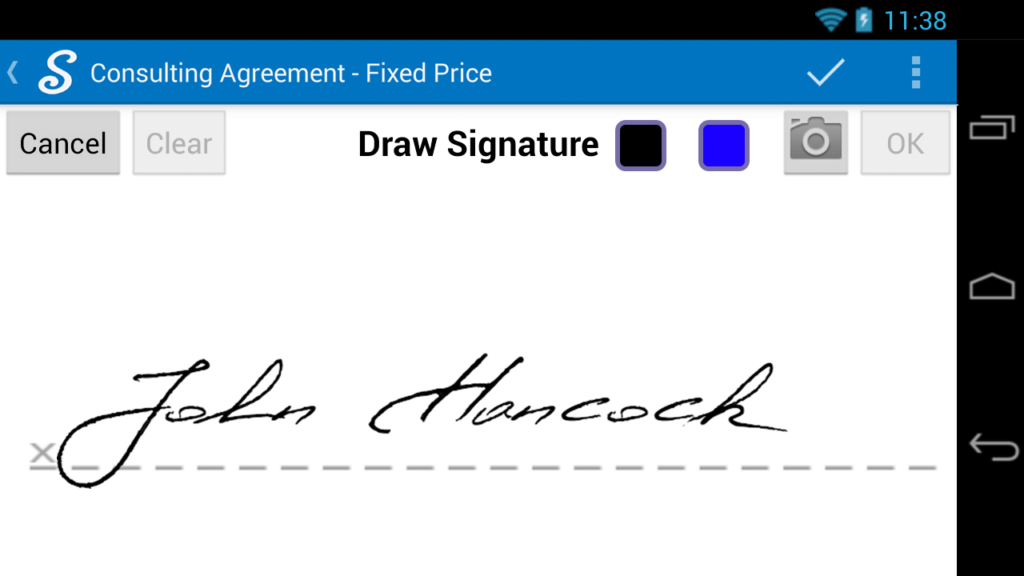Why and how to create an electronic signature?

In a context where companies are increasingly moving towards dematerialization, the problem of legal electronic signatures is becoming more prevalent. Indeed, it is not a question here of simply initialing a document digitally, but rather of setting up a process ensuring a total conformity with the legal norms in force.
To do this, you need to rely on an electronic signature certificate, provided by a trusted third party . This certificate guarantees the integrity of your documents and the authentication of the signatory, whether a legal entity or a natural person.
But how do you go about it?
To help you, appvizer defines all the contours of the digital signature, its legal context and its implementation.
And finally, we present a selection of software that can help you to apply your first certified electronic signature.
Summary
Definition of the electronic signature
Benefits of the electronic signature
Legal framework of the electronic signature
French Civil Code
EIDAS Regulation
RGS
Electronic Signature and Public Market
How to create digital signature?
Select the certified provider
Choose the document format
Sign or have the document signed
Directly sign a Word or PDF document
What electronic signature software?
What about the free electronic signature software
Selection of electronic signature software
New challenge for all companies
Definition of the electronic signature
An electronic signature, contrary to what we could imagine at first glance, is not a simple scan of a manual signature.
It is characterized by a sequence of characters, associated with a file and the signer . This process uses cryptology (literally “science of secrecy”), thus ensuring its security. This is why a digital signature is not necessarily visible on the document.
However, its strength lies in the legal framework on which it rests.
The handwritten signature she would become obsolete?
Diagram of the electronic signature
Source: lyon-metropole.cci.fr
Benefits of the electronic signature
Many companies remain reluctant to give up the good old handwritten signature to authenticate their documents.
Yet the electronic signature, and thus the dematerialization, offer many advantages:
A reduced processing time, since the signature is instantaneous,
Secure file streams,
A simplified and durable archiving of documents,
A development of digital trust,
A significant financial saving (saving of paper, printing, etc.),
Better traceability of documents and a reduction of human errors,
Increased productivity (saving time, reducing physical movements, etc.),
Standards favoring international exchanges (security, transparency).
But to benefit from all these advantages, it is necessary to ensure the respect of the legal framework surrounding the digital signature!
Legal framework of the electronic signature
For an electronic signature to have the same value as a handwritten signature, it must allow:
To approve the documents,
To guarantee the identity of the signatory ,
To guarantee the integrity of the documents.
What regulations rely on the use of electronic signatures?
French Civil Code
Note that the Civil Code now includes the issue of electronic signatures in French law.
Electronic writing has the same probative force as writing in paper form, provided that the person from whom it emanates can be duly identified and that it is established and preserved under conditions that guarantee its integrity.



